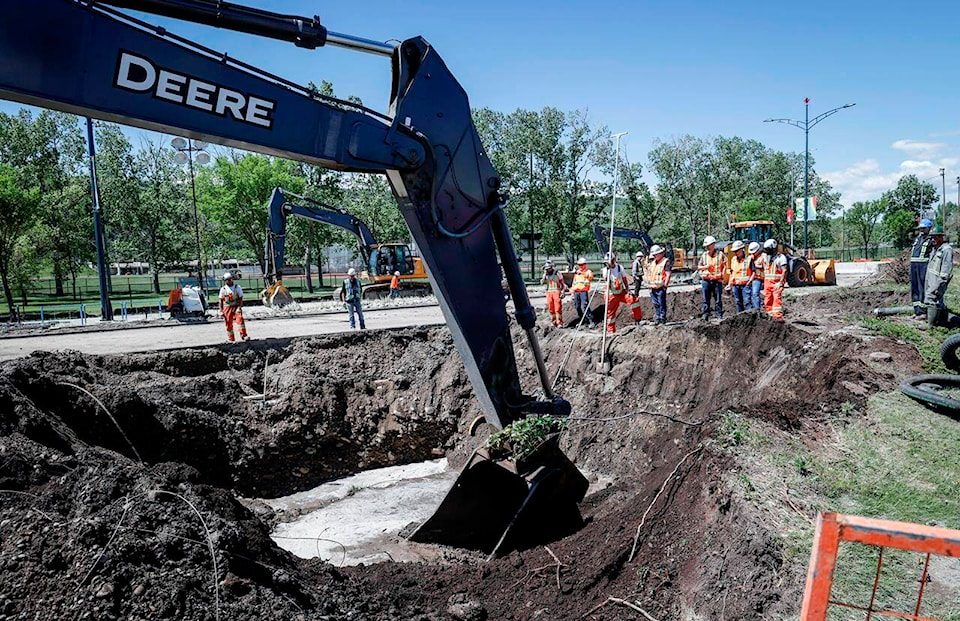Calgary residents were urged to conserve water and slash their personal use after a June 6 water main break last week.
The catastrophic break in the city’s main water line was considered unprecedented. By Friday, residents were being told to slash their personal water use by another 25 per cent from the previous day. Fires were banned. All outdoor water use, for watering lawns or washing cars, was completely forbidden. The fear was that the water would literally run out before crews could locate and repair the site of the damage.
Canada’s water infrastructure is extensive, complex, and, in too many places, fragile.
Some of it is old and suffers from leaks and low pressure. Sometimes maps are inaccurate, and construction workers can accidentally dig right into a pipeline. All of it is expensive to maintain, upgrade, repair, or replace.
We grumble about our water and sewer systems more than we appreciate them.
Before civic water and sewer systems were designed and built – mostly in the course of the late 19th and early 20th century – ditches, gutters, and creeks were foul, and clean water sources were often hard to come by, or required lengthy trips to communal wells and hand pumps. Cholera and other water-borne diseases killed millions. Antibiotics, childhood vaccinations, and clean drinking water are the three pillars of long life expectancy, and they ended thousands of years in which many children did not live to see the age of 10.
The flip side of having these quietly miraculous systems is that they have to be maintained, upgraded, re-built, and expanded. Which is extremely expensive, especially because we keep them out-of-sight, out-of-mind under our roads.
Driving around over the last few years, you’ve probably uttered a few choice curse words as you sit and wait to get through a traffic jam caused by a road being torn up for water main or sewer work.
But that work is necessary, and a lot more has to come. Much of Canada’s infrastructure is aging, and suburban water and sewer systems that were built for tens of thousands of people now need major upgrades to serve hundreds of thousands of people.
The system is all too fragile, as Calgary’s catastrophe shows. It needs our fiscal support, so it’ll be there to support us.
– M.C.
